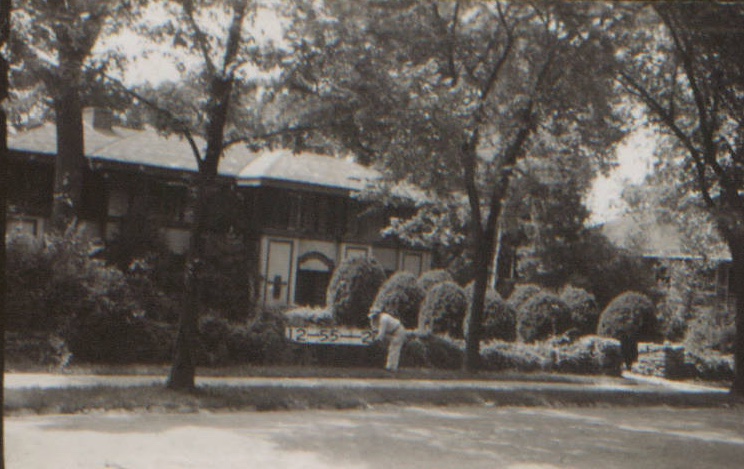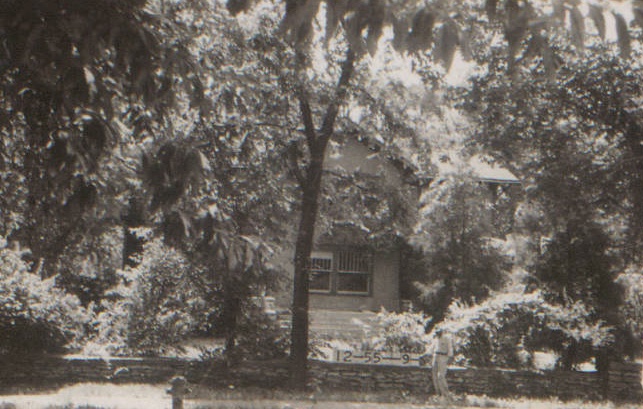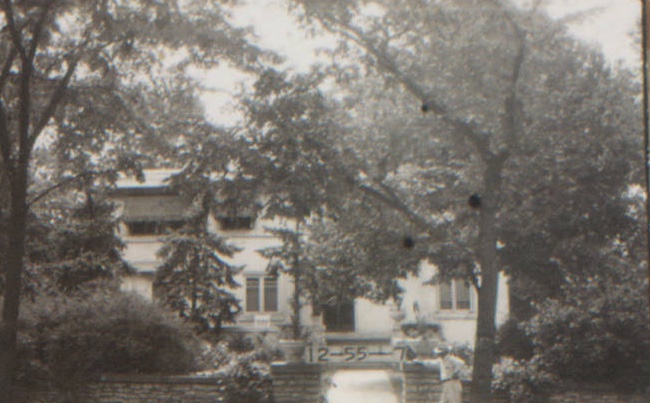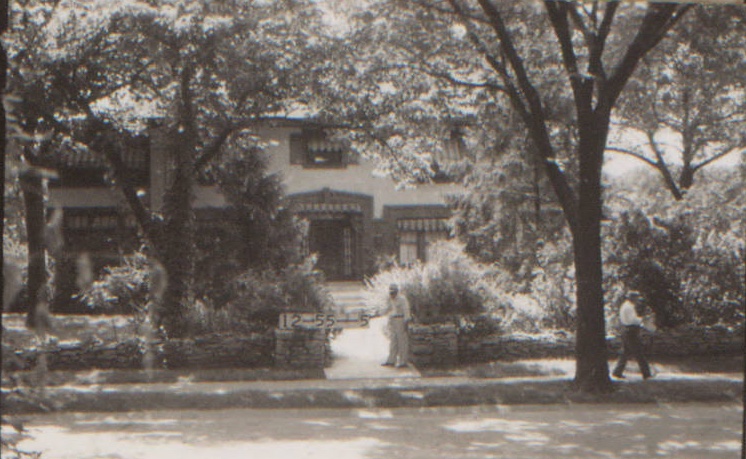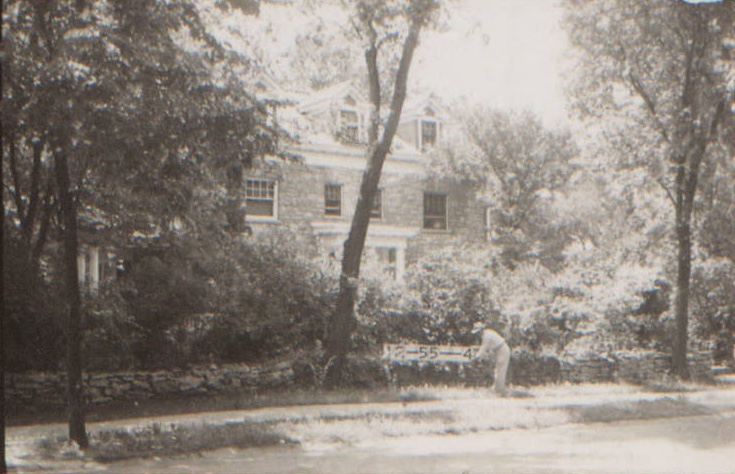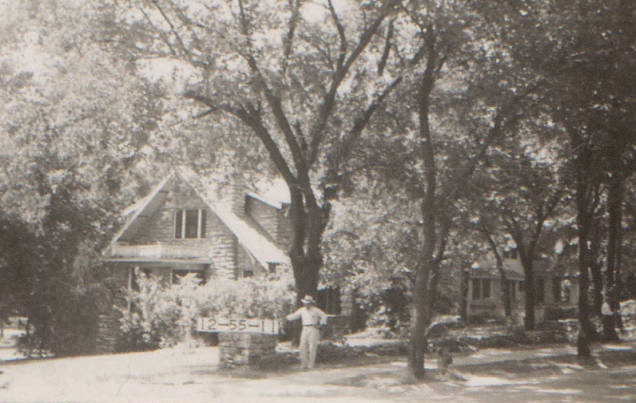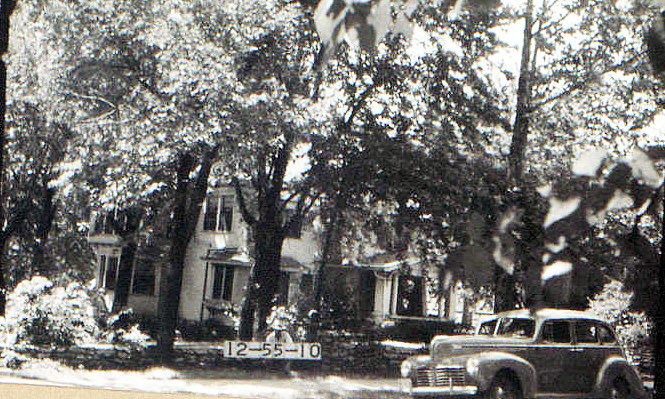
Around 1905, major development of Midtown Kansas City started moving for the first time south of Brush Creek, to an area that became known as the Country Club District. One of the earliest homes built in the area was on the block we’re focusing on in this post, from 52nd to 54th, between Oak and Brookside Boulevard. Today, the streetscape of the block has changed a little, although it sits near UMKC and Brookside Boulevard.
As part of our Uncovering History Project, the Midtown KC Post is examining each block in Midtown. A set of 1940 tax assessment photos is available for many blocks.
This week, the block from Brookside to Oak, from 52nd to 55th.
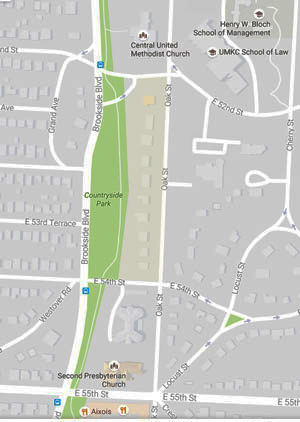
We refer to a large group of neighborhoods developed by J.C. Nichols between 1906 and 1950 as the Country Club District, an area that took its name from the Kansas City Country Club, now Loose Park. Nichols had to convince people that it wasn’t wild to move so far south to an area that seemed remote from downtown and Hyde Park – where a little bridge crossed the creek near the end of the Country Club streetcar line. But once he started building, the movement began, and development came to blocks such as this one.
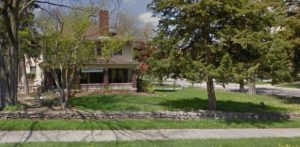
A recent photo of 5200 Oak from Google Maps.
Anchoring the block at the north end was a large brick and stucco house at 5200 Oak (today, the site of the Sheperd’s Center). This two-story, eleven-room residence was built for Seward Graham by Owen & Payson. Several other families later lived at 5200 Oak, most notably the George LaRue family. LaRue of the LaRue Printing Company, his wife Dolly, various boarders, and a housekeeper lived here from before 1920 until after 1940.
Next door, J.G. Goodwin and family moved into their new home at 5218 in 1913. It had nine rooms, including three bathrooms, a garage, and a glazed sunroom. The four-bedroom stone home at 5226 Oak was built in 1911.
Census records from the 1930s show the block was inhabited by families, often with children, whose breadwinners owned an insurance agency, a paper jobbing company, a farm company, and a drug store. Others worked as lawyers, car salesmen, and music school instructors.
In 1940, they were replaced or joined by real estate men, a salesman for a golf company, and a doctor.
Here’s what the block looked like in 1940.\
Historic photos courtesy Kansas City Public Library/Missouri Valley Special Collections.

